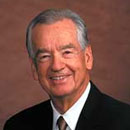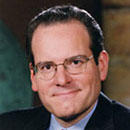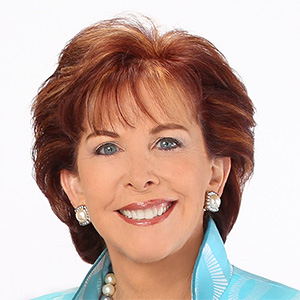US core CPI finally eases, rallying bets for Fed to cut sooner
Published in Business News
U.S. consumer prices rose in December by less than forecast, a welcome stepdown that helped arrest a deep selloff in bond markets and reinvigorate bets that the Federal Reserve will cut interest rates sooner than previously thought.
The so-called core consumer price index — which excludes food and energy costs — increased 0.2% after rising 0.3% four straight months, Bureau of Labor Statistics figures showed Wednesday.
That marked the first stepdown in the rate in six months. Cheaper hotel stays, a smaller advance in medical care services and relatively tame rent increases helped restrain the December figure.
After months of elevated prints, the easing in the CPI helps restart the conversation that inflation progress has resumed — but Fed officials will need to see a series of subdued readings to be convinced. Lingering price pressures have contributed to a deep selloff in global bond markets and fueled concerns that the Fed eased policy too quickly at the end of last year.
Combined with last week’s strong jobs report, policymakers are still widely expected to leave rates unchanged at their meeting later this month, but more economists said the report makes a cut in March a possibility. Before the release, traders generally didn’t see another cut until the second half of the year.
“For the Fed, this is certainly not enough to prompt a January cut,” Seema Shah, chief global strategist at Principal Asset Management, said in a note. “But, if today’s print were accompanied by another soft CPI print next month plus a weakening in payrolls, then a March rate cut may even be back on the table.”
Treasury yields dropped, the S&P 500 opened higher while the dollar declined after the CPI data.
Economists see the core gauge as a better indicator of the underlying inflation trend than the overall CPI that includes often-volatile food and energy costs. The headline measure rose 0.4% from the prior month, with over 40% of the advance due to energy.
This is the last inflation report of President Joe Biden’s tenure, an administration dogged by high prices coming out of the pandemic that surged a cumulative 20% while he was in office. Donald Trump will be sworn in next week, and economists generally anticipate his policies — particularly on tariffs — will put upward pressure on inflation, and measures of consumers’ expectations have been rising recently as well.
The advance in the CPI was also led by food prices, airfares, new and used cars, auto insurance and medical care. Goods costs excluding food and energy rose a smaller 0.1% after a 0.3% November increase. Also taking out used cars, goods prices fell.
Shelter prices, the largest category within services, climbed 0.3% in December for a second month. Owners’ equivalent rent as well as rent of primary residence — subsets of shelter — both ticked up following the smallest gains since 2021.
Excluding housing and energy, service prices rose 0.2%, the smallest increase since July, according to Bloomberg calculations. While central bankers have stressed the importance of looking at such a metric when assessing the overall inflation trajectory, they compute it based on a separate index.
That measure — known as the personal consumption expenditures price index — doesn’t put as much weight on shelter as the CPI, which is one reason why it’s trending closer to the Fed’s 2% target. Several categories that feed through to the PCE from the producer price index, a measure of wholesale inflation that was released Tuesday, were mostly tame. However, the PPI’s gauge of airfares picked up notably.
After the CPI report, several economists called for the December core PCE — due at the end of this month — to rise 0.2%.
“We continue to think that core PCE inflation will fall slightly over the next two months, bolstering the case for the FOMC to ease policy at its meeting in late March,” Samuel Tombs, chief U.S. economist at Pantheon Macroeconomics, said in a note. He was referring to the Federal Open Market Committee, a group within the Fed that sets interest rates.
Policymakers also pay close attention to wage growth, as it can help inform expectations for consumer spending — the main engine of the economy. A separate report Wednesday that combines the inflation figures with recent wage data showed real hourly earnings grew 1% from a year ago, the smallest annual advance since July.
While data on retail sales, inflation expectations and the housing market will be released in the next two weeks, this is the last major economic report Fed officials will see before their Jan. 28-29 meeting.
Recent speeches and forecasts have indicated policymakers are still wary of upside risks to inflation and that they prefer a cautious approach to adjusting rates.
(With assistance from Chris Middleton, Mark Niquette, Nazmul Ahasan, Maria Clara Cobo, Liz Capo McCormick, Jonnelle Marte and Matthew Boesler.)
©2025 Bloomberg L.P. Visit bloomberg.com. Distributed by Tribune Content Agency, LLC.












Comments